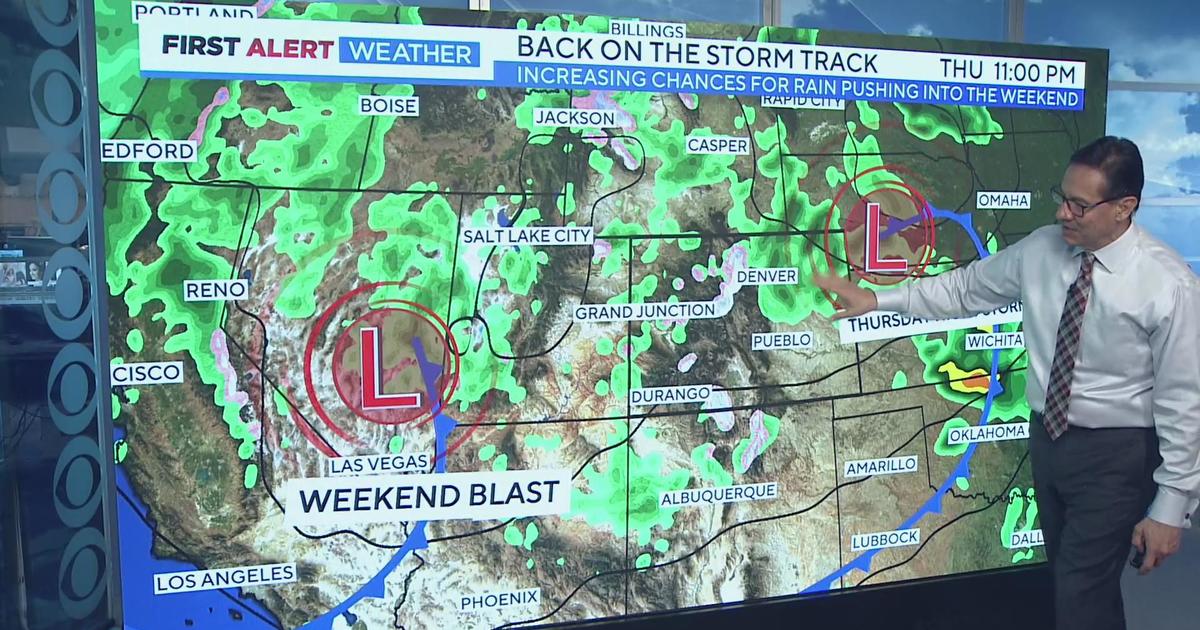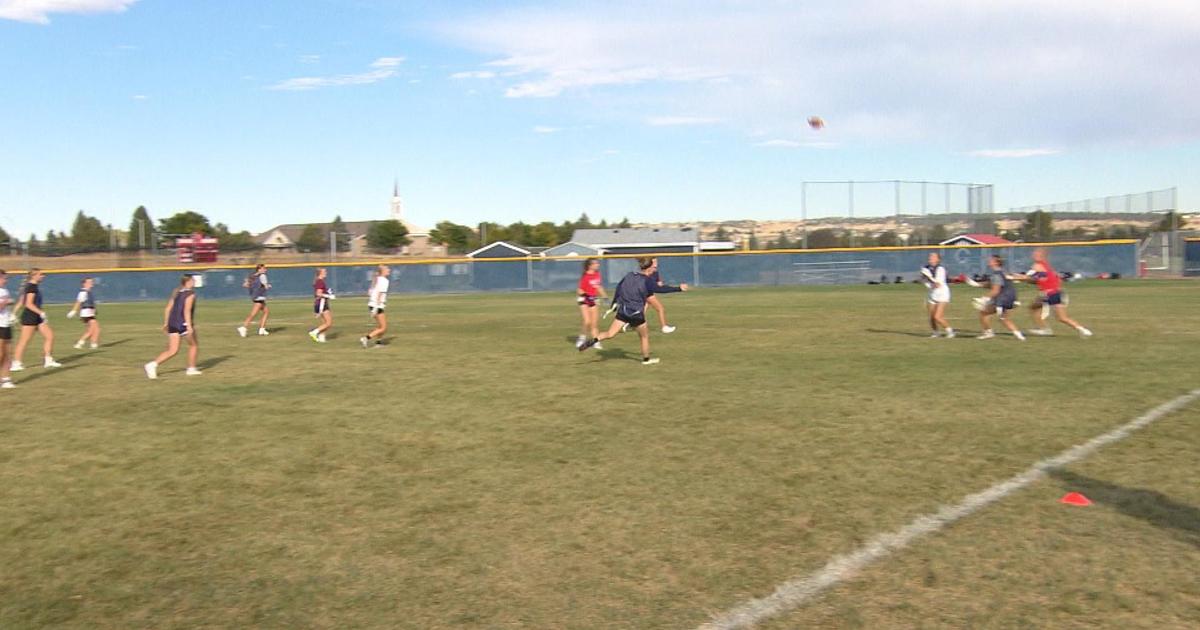Late Freeze, January Thaw Creating Dangerous Ice Conditions
DENVER (CBS4) - By late January, ice on area lakes is often fairly solid for recreational activity, especially in the higher elevations west of Denver.
But not this year.
The combination of a mild fall, a late freeze and a January thaw has created dangerous conditions along the Front Range.
Over the past two weeks there have been several rescues of animals and some people who ventured onto thin ice have died.
Ice safety is not a fine science because there are several factors that affect it, including wind, temperature, snow cover and the current in the water below.
The following are suggestions for ice safety from the Minnesota Department of Natural Resources. It's important to know that these are for new, clear ice. Values should be doubled for white ice.
- ice with a thickness of 2" or less - not safe
- at least 4" thick - generally safe for ice fishing or other activities on foot
- at least 5" thick - should support the weight of a snowmobile or ATV
- at least 8-12" thick - should support the weight of a small car
- at least 12-15" thick - should support the weight of a medium truck
Ice is rarely a uniform thickness across the entire body of water.
In fact, it can be two feet thick in one spot and just an inch thick a few yards away.
RELATED: Lake Granby Experiences Latest Freeze On Record
If venturing out onto ice, its a good idea to stop and check the ice thickness at least every 150 feet on lakes and every few feet on rivers.
For more information on what tools are best to use when checking ice thickness, click here.
Meteorologist Chris Spears writes about stories related to weather and climate in Colorado. Check out his bio or follow him on Twitter @ChrisCBS4.



